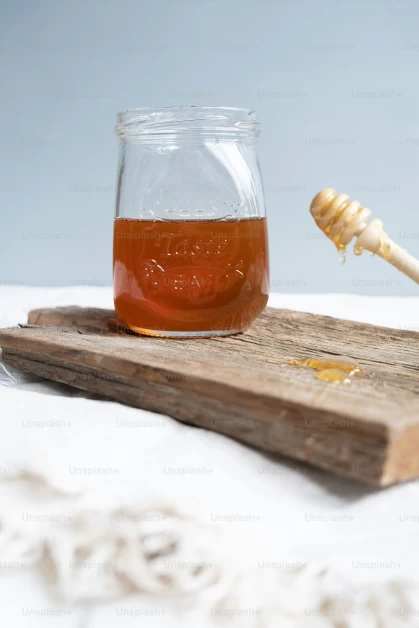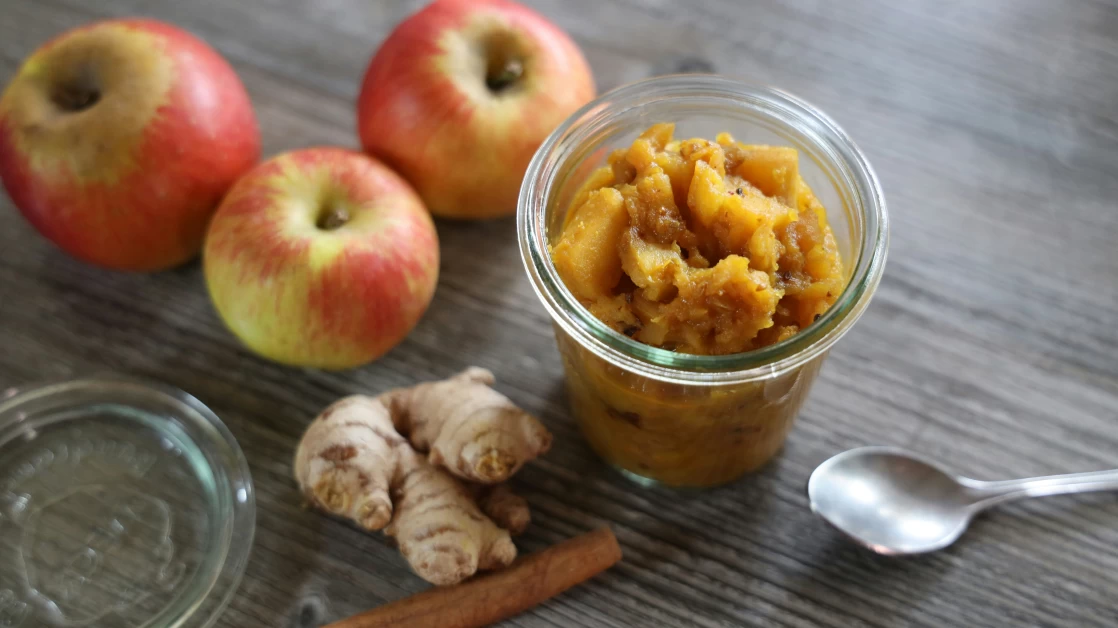Table of Contents
Eczema, a type of dermatitis, affects nearly 223 million people worldwide. This common inflammatory skin condition can cause itchiness, dry skin, redness, scaly rash, and oozing. Whether you experience eczema occasionally or throughout the year, it can be distressing, leading to pain, swelling, and changes in skin color and texture.
Although there is no cure for eczema, there are various treatment options available, including moisturizers, prescription medications, and natural therapies like manuka honey. In this article, we will explore these treatment options in detail and focus on the potential benefits of using manuka honey for eczema.
Treatment Options for Eczema
The choice of treatment for eczema depends on individual symptoms, age, medical history, and other factors. It may involve a combination of different approaches. Let’s take a closer look at the available treatment options:
Moisturizers
Dry skin can worsen eczema symptoms. Moisturizers play a crucial role in locking in moisture and preventing the skin from drying out. They also create a protective barrier against irritants that can aggravate eczema. The most effective moisturizers for eczema are ointments and creams. Ointments contain the highest oil content, followed by creams, which help retain moisture in the skin. On the other hand, lotions are predominantly water-based and should be avoided.
Medications
There are several medications that doctors may prescribe to alleviate eczema symptoms and promote skin healing. Corticosteroid creams, solutions, gels, foams, and ointments are commonly prescribed in varying strengths based on individual symptoms. More potent medications, such as steroid pills, liquid, or shots, may be prescribed in severe cases. However, prolonged use of steroids can have side effects, including worsening of symptoms and the spread of eczema to new areas. Other potential side effects include skin thinning, temporary blisters, white spots, and the appearance of dilated capillaries resembling spider webs on the skin. Non-steroidal medications may also be prescribed, but they can have their own side effects. It is important to discuss your risks and treatment plan with your doctor.
Natural Therapies
While natural remedies cannot cure eczema, they can provide relief from symptoms such as dry and itchy skin, prevent flare-ups, and reduce inflammation. Several natural treatments for eczema exist, ranging from topical applications of aloe vera, coconut oil, and honey to dietary changes, Vitamin D supplements, and stress management.
The Potential of Manuka Honey for Eczema Treatment
Manuka honey is renowned for its potent antibacterial and anti-inflammatory properties. It has been utilized for healing wounds and various skin ailments, including burns, ulcers, boils, nonhealing wounds, diabetic foot ulcers, and antibiotic-resistant wounds. These healing properties might also benefit individuals with eczema by reducing inflammation, preventing infections, and promoting the healing of eczema patches.
One distinctive aspect of manuka honey is the presence of Methylglyoxal (MGO), which remains stable when mixed with blood, serum, or wound tissues. This stability allows it to maintain a powerful antibacterial effect against the growth of bacteria. In contrast, other types of honey rely on hydrogen peroxide for their antibacterial activity, which becomes inactive when diluted.
Furthermore, manuka honey functions as a strong moisturizer and humectant. Its high sugar content draws in moisture and helps trap it, making it beneficial for individuals with irritable skin conditions like eczema. People with eczema often struggle to retain hydration and protect their skin from bacteria, irritants, allergens, and environmental factors.
Although there have been limited studies investigating the effectiveness of manuka honey as a treatment for eczema, some promising findings have emerged. A small 2017 study involving 14 participants and a more recent study in 2019 indicated positive outcomes with the use of manuka honey for eczema. However, more research is needed to determine the efficacy of manuka honey as a reliable treatment option for eczema.
Treatment Solutions
If you are considering using manuka honey to alleviate your eczema symptoms, you can try Nature’s Gold Manuka Power concentrated ointment. This product harnesses the potential benefits of manuka honey and may provide relief from eczema symptoms.
Frequently Asked Questions (FAQs)
1. How can I naturally cure my eczema?
While there is no natural cure for eczema, there are several natural remedies that may help alleviate symptoms. These include the topical application of apple cider vinegar, coconut oil, tea tree oil, and colloidal oatmeal. However, more research is needed to determine the effectiveness of these remedies.
2. What can I do to prevent eczema flare-ups?
To prevent flare-ups, it is important to use a moisturizer or emollient at least twice a day, even when your eczema is under control. Additionally, identifying and avoiding triggers as much as possible can help reduce the frequency of flare-ups. Harsh chemicals or additives found in moisturizers, soaps, and shampoos can also trigger eczema. It is advisable to consult your doctor for an eczema action plan and further guidance.
3. Are there any foods that can reverse eczema?
Research suggests that certain foods with anti-inflammatory properties may be helpful for eczema. These include fish, specific fruits and vegetables like red peppers and berries, as well as probiotic-rich foods. For more information, refer to the article on Medical News Today.
In conclusion, while there is no known cure for eczema, various treatment options are available to manage and alleviate its symptoms. Manuka honey, with its antibacterial, anti-inflammatory, and moisturizing properties, shows promise as a potential natural treatment option for eczema. However, more research is needed to establish its effectiveness. If you are considering using manuka honey for eczema, consult with your healthcare provider for guidance and to discuss your treatment plan.
Note: The information provided in this article is for informational purposes only and should not be considered as medical advice. Always consult with a healthcare professional before starting any new treatment for eczema or any other medical condition.









